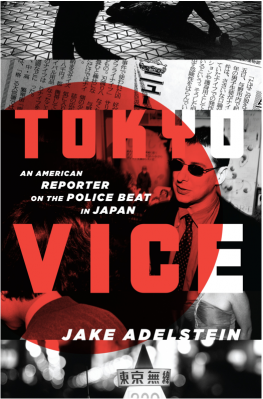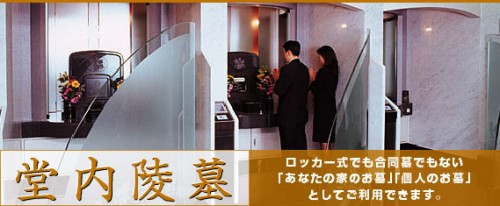Lisa Katayama has a piece up at BoingBoing about how people like us should keep our sense of humor when she writes about weird stuff in Japan:
…writing about my own country’s quirks has its downside. I strive to tell each story objectively without condescension or sensationalism, but every time I write an article about, say, the engineer who has a body pillow girlfriend or the grad student who married a Nintendo DS character, I get hundreds of racially-charged comments from readers, long ranting responses from defenders of Japanese culture (ed: Hey, is that a dig at me?) , and dozens of emails from people at big media outlets who want to find out more about these “strange” phenomena.
Why do so many love to gawk at this mysterious, foreign “other” that is Japanese culture? There are plenty of strange things going on in the US too, but when it happens in Japan, it’s suddenly incomprehensible, despicable, awesome, and crazy. This fascination doesn’t just end with angry commenters, either. Over the last couple of decades, it has spawned a huge industry of magazines, blogs, and products themed around Japanese culture marketed to Westerners by Westerners who are also obsessed with Japanese culture.
My friend Joi Ito and I talk about this a lot. He, like me, is Japanese and was brought up with both American and Japanese influences. This question resonates not only with the work that we do, but with our personal identities. While we do our fair share of sitting around analyzing Japanese culture, it’s also deeply personal to us when someone criticizes our country or our opinions of it.
…
Overriding all this Japanalysis, though, is the fact that none of this is meant to be taken seriously. One important premise of Japanese popular culture is the commitment to have fun and not take offense. Japanese humor works on many different levels and its nuances can be hard to explain to people who didn’t grow up with it.
…
…you just don’t get it. You’re not in on the joke. You’re the one taking it too seriously, and you might be imposing your own biases and hang-ups on someone else’s situation.Being majime (too serious) is not cool in Japan; likewise it is important for voyeurs of Japanese culture to recognize that most everything pop-culture-y that is exported to the West comes at us with a wink. If you’re all up in arms about it, then maybe the joke is on you.
On the outside, guys like Sal9000 (the guy who married his DS girlfriend) and Nisan (the guy with the body pillow girlfriend) may seem “weird” or “crazy.” But they’ve really just found creative ways to toy with amorphous concepts like love and romance that complement their own unique lives.
I wholeheartedly agree that light-hearted content about Japan should be allowed some breathing room. In fact, I agree with that even for those who sell junk and run for-profit blogs focused on Japan Weird stuff.
Where I would draw the line is when an influential publication like the New York Times trots out this stuff in the service of their tired narrative of an inscrutable, backwards, and weak Japan. Call me a “defender of Japanese culture” if you want, but it’s a line of thought that does more to obscure than enlighten (See the recent silliness from Roger Cohen). The NYT would benefit just as much as the rest of us from “lightening up” as Katayama suggests.
I would have a much easier time accepting this premise from someone who isn’t in the business of producing Weird Japan content that’s intended to be taken seriously. If this piece signals a change of heart, that’s great. But if it’s true that most of the stuff is tongue-in-cheek, shouldn’t she be telling the readers instead of writing an essay about it afterward?
As writers, shouldn’t we be trying to help people understand, instead of chiding them for not getting it?


